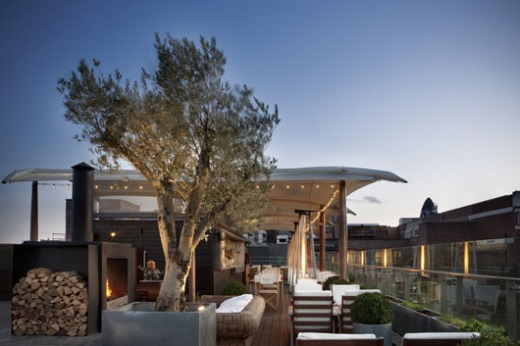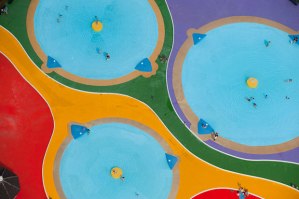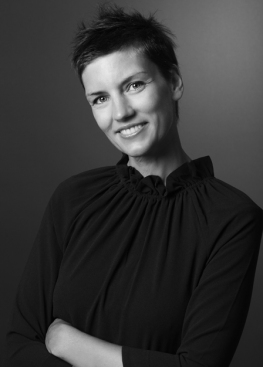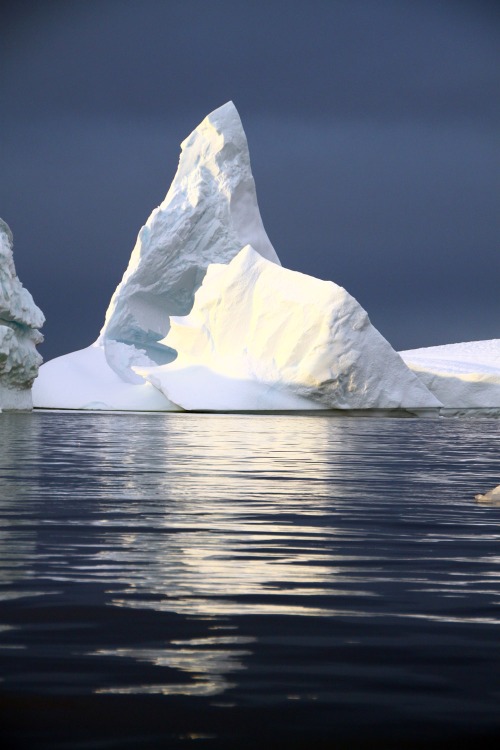We have a hunch that the word ‘grok’ – a sci-fi term which means, to quote the OED, “to understand so thoroughly that the observer becomes the observed” – is unlikely to find an audience away from the free-loving streets of San Francisco.
The broader idea it describes, however – the mingling of minds, and the cross-pollination of ideas – is already catching on, not least in the design world. Practically, it means deep collaboration between the design department and other parts of the business, and so developing products in a design-led way.
Baking designers into the heart of product development seems sensible enough, but it jars with usual company structures, where market and business analysts tell designers what their new product will be. However, some companies – not least a little upstart from Cupertino by the name of Apple – are demonstrating the value in rethinking that traditional approach.

Grok design was the topic of a talk last night at The Book Club, Shoreditch, part of the Future Human series of lectures and discussions. We learnt about the history of grok – with special reference to Apple – and we discussed how grok can inform design processes.
Before the Industrial Revolution, the distinction between designer, maker and retailer didn’t exist. There was only the artisan, and his work naturally took into consideration form, function and market opportunity. Grokking is a way of replicating that in modern industry, and ameliorating the downsides of division of labour.
The late Steve Jobs loved grok, and his ideas about ‘grokking’ were central to the way Apple’s product design process worked. Just as Google venerates its coders and engineers, Apple venerates designers. Jonathan Ive and his team are seen not as hired hands to prettify a product, but central to product development. They are given generous R&D budgets, direct access to the CEO, and rare latitude to experiment. They work alongside the business development teams, the salespeople, the marketeers. Thus the elegant gestalt products, the marriage of form and function – and, perhaps, the eye-watering revenues.
It’s easy to make a cult of Apple – a point made by Deyan Sudjic, Director of the Design Museum, who noted that Jobs’ corporate structure – with just about everyone reporting directly to him – had as much to do with his megalomania as his business philosophy. But the basic intuitiveness of grokking design processes is hard to ignore.
In the end, James Moed, a business designer at IDEO London, came through with the take home messages. Firstly, anything can be designed – from coffee cups to sales teams to human resources departments. It behoves big companies to stop thinking about design as a siloed process, or even to think of designers as a discrete category of employees. We can all design things.
Secondly, design at its best is interdisciplinary. Good design comes when product designers, industrial designers, interface designers, graphic designers, ideas people, marketeers, thinkers and strategists work together, with eyes firmly on the bigger picture.
It’s something that’s at the forefront of our minds at Conran, too. We’ve found that when we work together, across traditional design disciplines, we are usually more than the sum of our parts. It’s what we did with Boundary, a restaurant bar and hotel complex in Redchurch Street that came of a collaboration between our architects, interior designers, furniture designers and brand strategists. Increasingly, we see this as the model for how we should work.

The Boundary’s rooftop bar
Whether it’s Apple’s super-designers or Google’s 10% time, the world’s most successful companies are finding ways to turn the soil – and watching their revenues grow. We can all take something from that.














